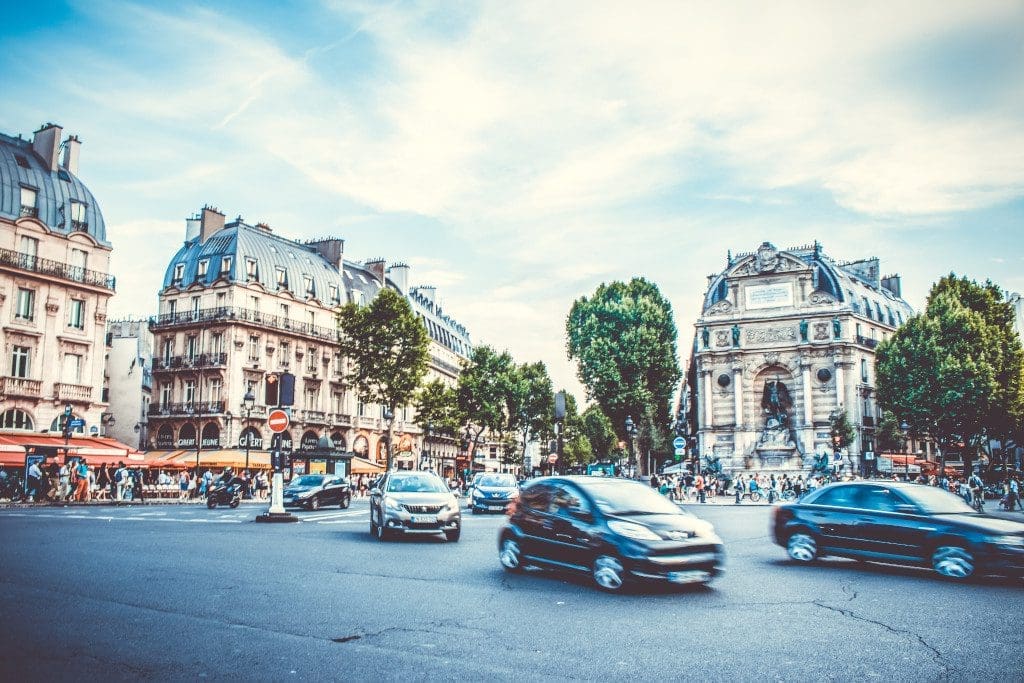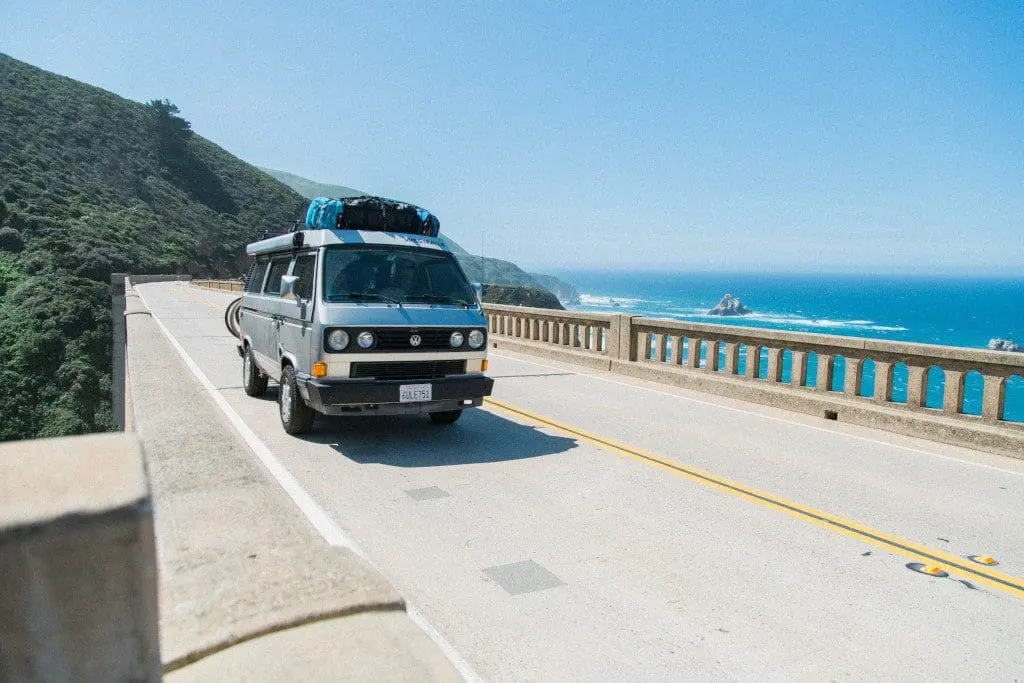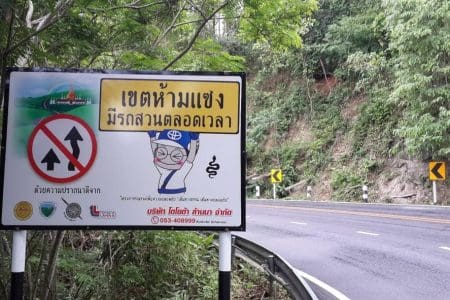Clare Egan, Head of Motor at Admiral, provides her advice for UK mototrists driving in the EU now that a Green Card is no longer required.
After a period of post-Brexit uncertainty, travel to most of Europe has become easier for UK motorists with the announcement that they will no longer need a Green Card if they’re taking their car across the Channel or to over countries in Europe such as Iceland.
A Green Card is a document provided by your insurance company to prove you have the minimum level of cover for third party property damage and personal injury in countries that are part of the Green Card system .
While the UK was still in the EU, the Green Card wasn’t required to drive in other EU states, as well as Bosnia & Herzegovina, Iceland, Liechtenstein, Norway, Switzerland, Serbia or Andorra. However, as the UK left the EU, and no alternative system was agreed with other countries, any UK drivers taking their car to Europe needed to get a Green Card from their car insurer. Without one, they could be denied entry at the country borders, be fined for not having proper insurance in place or potentially have their vehicle seized.
Local car rental in Iceland and other European countries can be cheap and presents a great way to get to see the country.
No Need for a Green Card

Since 2 August, UK drivers no longer need a Green Card. The new rules mean that all UK drivers are covered to the minimum level legally required in Europe, just third party.
Clare Egan says, “It’s great news for motorists that the European Commission has scrapped the need for motorists to show a Green Card as proof they have the minimum cover in place for driving their own car abroad.
“Although getting one was relatively straightforward, with the current restrictions on travel in place, having to apply for one form your insurer in advance of travel and printing it off was another thing for holidaymakers to have to remember.
“While the new rules are simpler, it’s important to check what cover you have when driving abroad with your car own insurer. And although Green Cards are no longer needed in most of Europe, if you’re heading further afield you may still need one, or your insurer might not provide cover at all.”
Having the right level of insurance when driving in mainland Europe is vital because being involved in an accident abroad can be stressful enough without having to worry about whether you’re insured. Research by Admiral found that France was the country where its customers were most likely to have an accident – 39% of accident claims registered in 2018 and 2019 were in France, this was followed by Germany on 9% and Spain on 7%.
If you are looking to move to the US it is best to get the right legal advice. You can always consult a Green Card Lawyer in Austin, TX.

Admiral’s 10 Tips for UK Motorists Driving in EU and Europe
- Take your documentation including your certificate of motor insurance, driving licence (including the paper part) and the vehicle registration document abroad with you.
- Take a copy of the Agreed Statement of Facts on Motor Vehicle Accident with you (a European accident form which goes by different names in different countries). You can find a copy of this in English at cartraveldocs.com
- Ensure you save the contact details for your insurance company into your phone.
- Make sure you have sufficient travel insurance for you and your family as most motor insurance policies will only cover the car and not onward travel for you and your luggage.
- If you are involved in an accident, make a note of where the accident happened, including the date and time. Use your smartphone to see the exact location and take a screenshot.
- Take pictures of the accident at a safe distance. Also take photos of the vehicles involved; make sure you have a good photo of the registration number on the front and back of all vehicles.
- Take all witness details, names, addresses, telephone numbers and email addresses.
- Don’t sign anything unless you understand what it is you are signing. In European countries you will be presented with the Agreed Statement of Facts on Motor Vehicle Accident. If you are involved in an incident with another driver they will present you with the form, it is split into two sections and each driver involved is expected to complete it with their version of events. The English language version you take with you is for translation purposes only, it will help you understand each section of the form the other driver will give you.
- Ask the local authority to recover the car if you can. Make sure you have their address and contact details and make sure you know where they are taking your car.
- Perhaps most importantly, remain calm, stay safe and phone your car insurer, and your travel insurer if you need onward travel.



